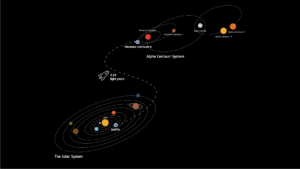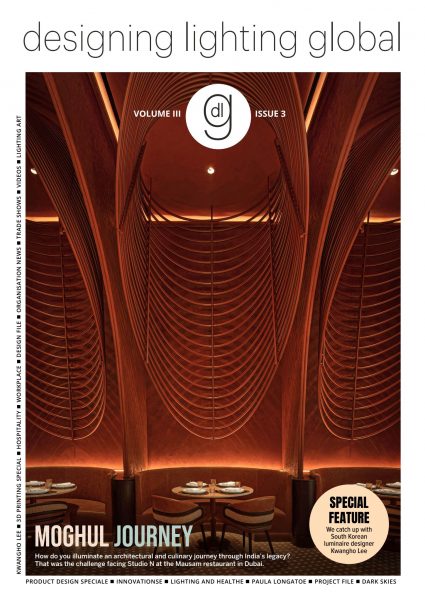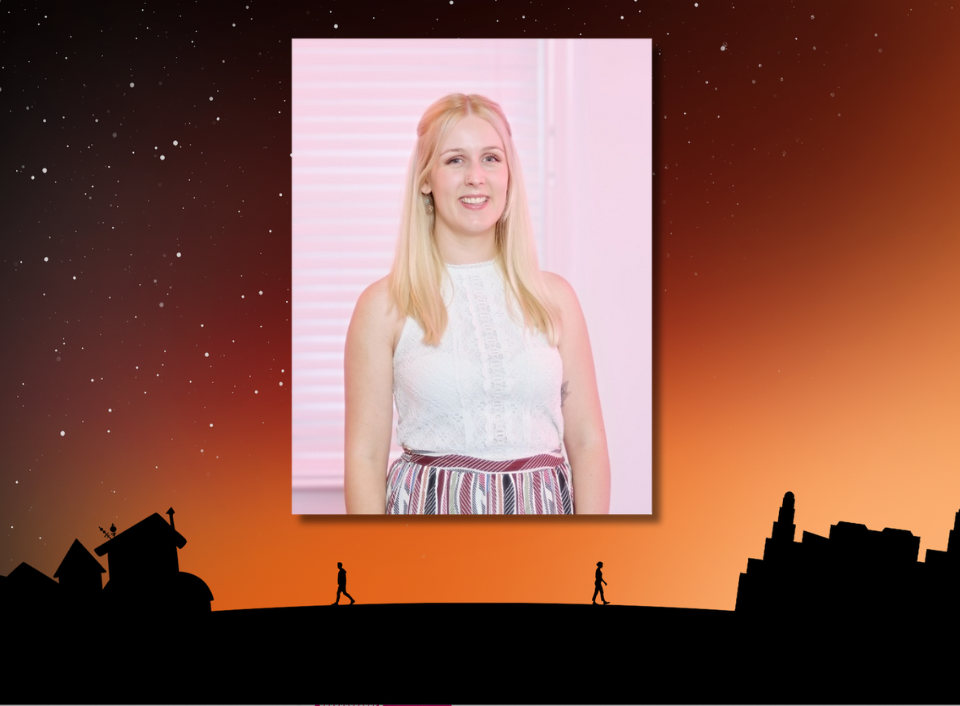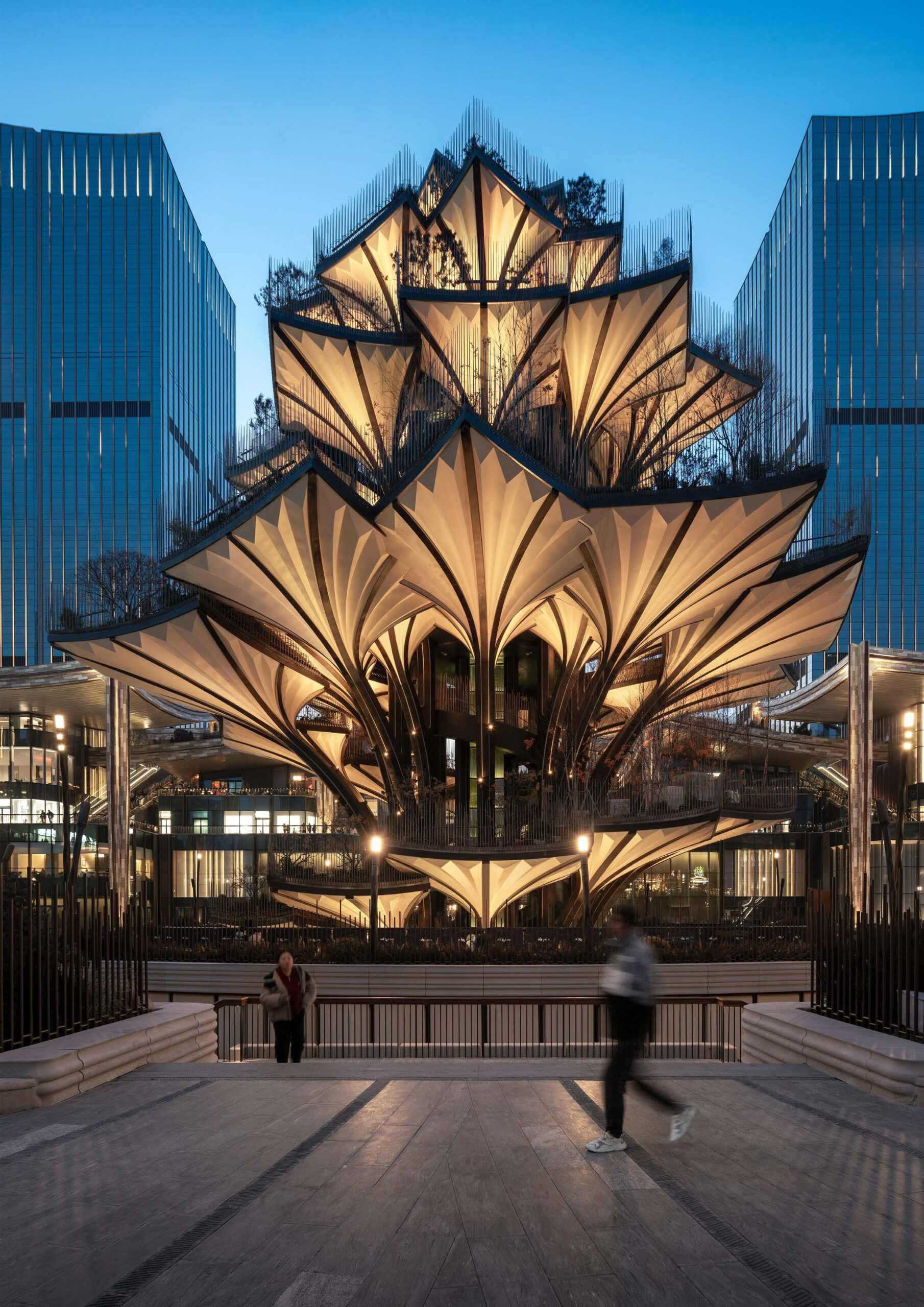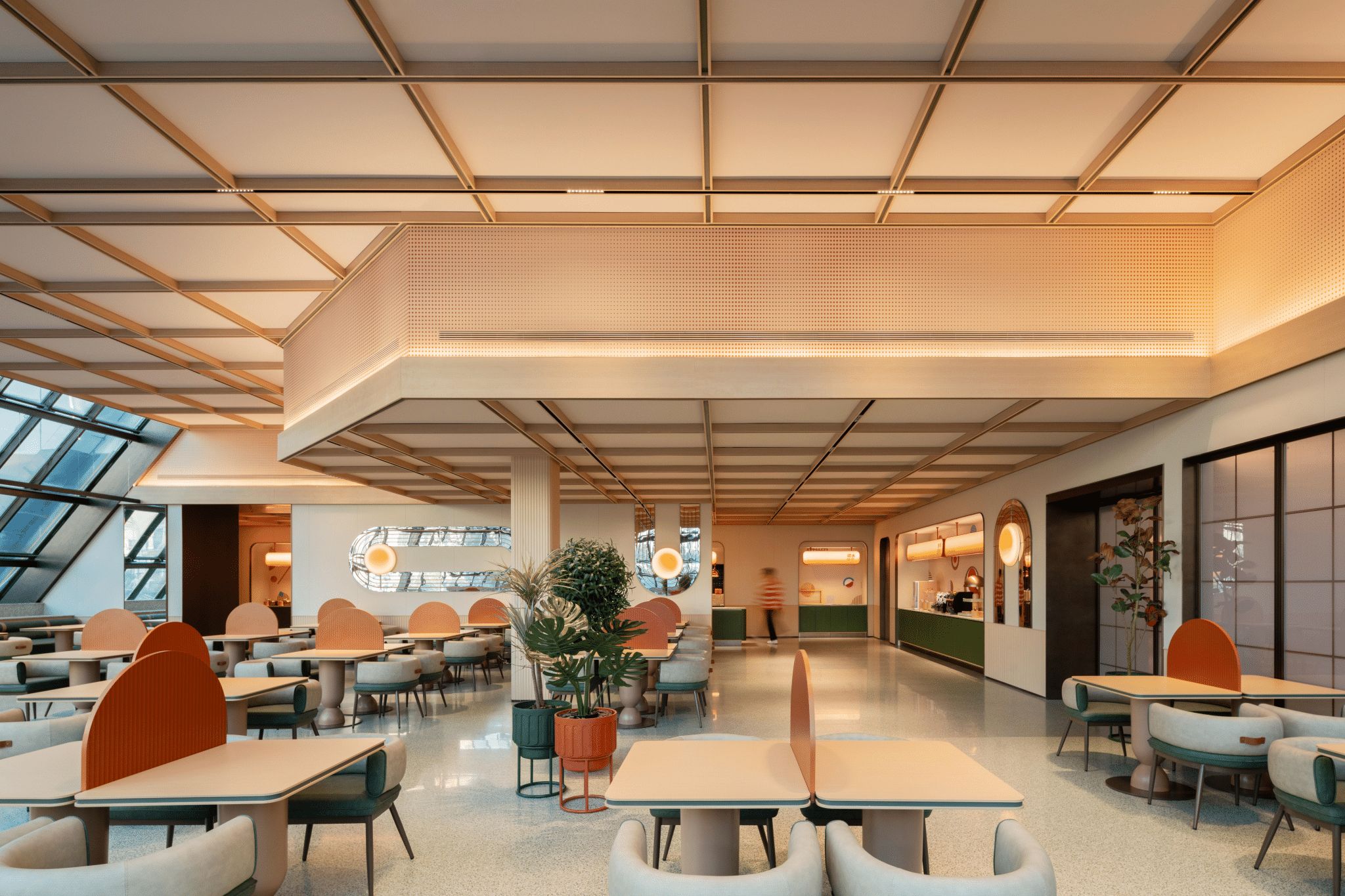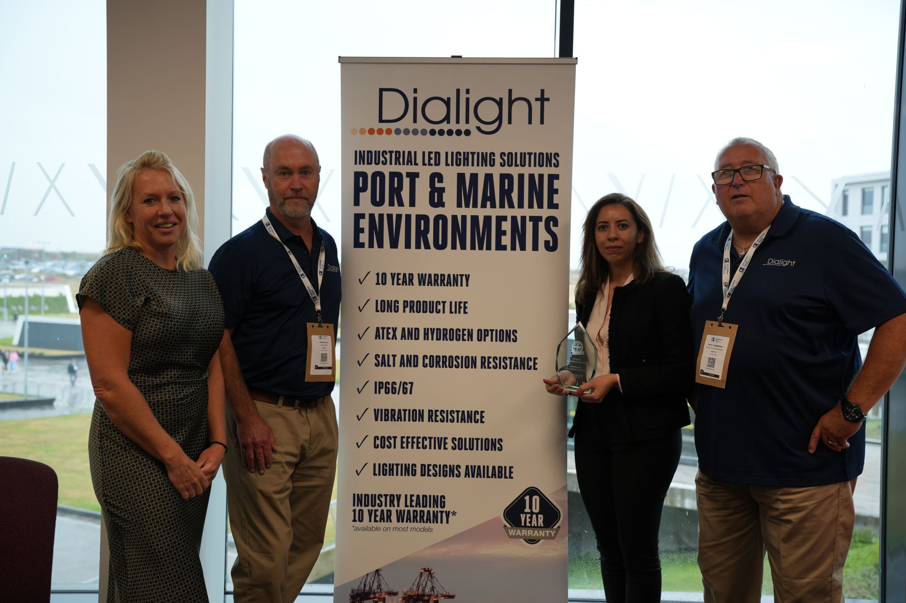The 29th year of the prestigious SLL Young Lighter competition provided a high-profile opportunity for the four selected finalists to present their research at the popular UK lighting exhibition LiGHT 23 in November 2023. Anna Freiesleben, Project Lighting Designer at Michael Grubb Studio, shares insights into the process and inspiration behind her enlightening talk.
Anna proudly presented her topic Light Beyond Earth: Illuminating Life on Exoplanets. Her research explores how exoplanets set the scene for discovering unusual lighting effects and consequent challenges to the human circadian rhythm. This study proposes the creation of a futuristic ‘Exoplanet Lighting Design Guide’, initially focusing on the closest exoplanet to Earth: Proxima Centauri b.
Anna shares her inspiration behind this unique topic. She explains: “In summer 2022, the first images from the James Webb telescope were released, which showed aspects of space in super high definition, featuring glistening stars and an array of ethereal colours. This photographic publication was the catalyst for me to research light in space and I started looking deeper into astronomy imagery.
As lighting effects depend on the relationship between planets and their stars, this led me to look at the appearance of light on various exoplanets. In early 2023, I decided to submit a proposal for the Young Lighter competition and refined the study to focus upon the closest exoplanet to Earth: Proxima Centauri b.”
She also reveals how she began researching such a new and unexplored topic. When asked about her starting point, she explains: “I read articles, watched documentaries, listened to podcasts, and delved through the NASA website, which is full of helpful information and provides the latest research. I found information specific to Proxima Centauri b, and filtered out the aspects related to light. I considered how humans would live on the exoplanet and the unique challenges and opportunities of both natural and artificial lighting. Throughout each competition stage, I considered how the information could be presented through a strong visual image, drawing diagrams, maps and concept imagery to communicate the information in a clear and appealing way.”
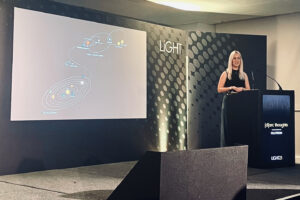
There were several points of interest discovered while researching this topic. Anna explains: “I found it surprising how similar the characteristics of Proxima Centauri b are to Earth. Where the two planets differ, the extreme conditions are fascinating. The exoplanet’s special feature of perpetual sunset was the key characteristic which acted as a visual backdrop throughout my narrative. As no one has yet travelled to Proxima Centauri b, there are many aspects of life there which are still unknown. Setting my presentation in the future (2100) enabled me to create a pretext using the most likely scenarios, giving a basis to the guide and parameters for the light studies.”
To structure her topic, Anna informs us of the key points she wanted to convey: “Due to the visual appeal of space, I knew I wanted my research to convey an illustrated story. I used the three chapters of 1. Climate Catastrophe; 2. Light Beyond Earth; and 3. Illuminating Life on Exoplanets to narrate the journey from Earth to Proxima Centauri b. This structure linked back to current Earth climate research to provide justification for the guide, conveying the distinctive exoplanetary lighting conditions and providing bespoke lighting guidance. Whilst designing for life on Proxima Centauri b, I considered the three ecologies of mental, social and environmental. Through my presentation, I wanted to evoke interest in space and the concept of light beyond Earth. I hoped to encourage new ways of thinking about light and how to design for unusual contexts, pushing the boundaries of standard lighting design to prepare us for the future.”
Discussing what we can expect from the future of this topic, she said: “As a future Exoplanet Lighting Design Guide would require input from designers across the world, I would like to discuss the topic amongst international audiences. It would be great to collaborate with astrophysicists and bridge the gap between science and the arts, as a future in space will affect us all. As we learn more about exoplanets, the Exoplanet Lighting Design Guide can constantly expand to contain the latest scientific research. There are thought to be 59 potentially habitable exoplanets amongst an estimated total of 11 billion, so the opportunities for discovering and responding to unusual lighting effects are endless.”
Anna’s presentation ultimately looks to answer the question: What are the future lighting conditions humans may face, and how do we design for these unfamiliar contexts? Her illuminating research is relevant for the future of lighting and design and raises thought-provoking questions about light and space.
